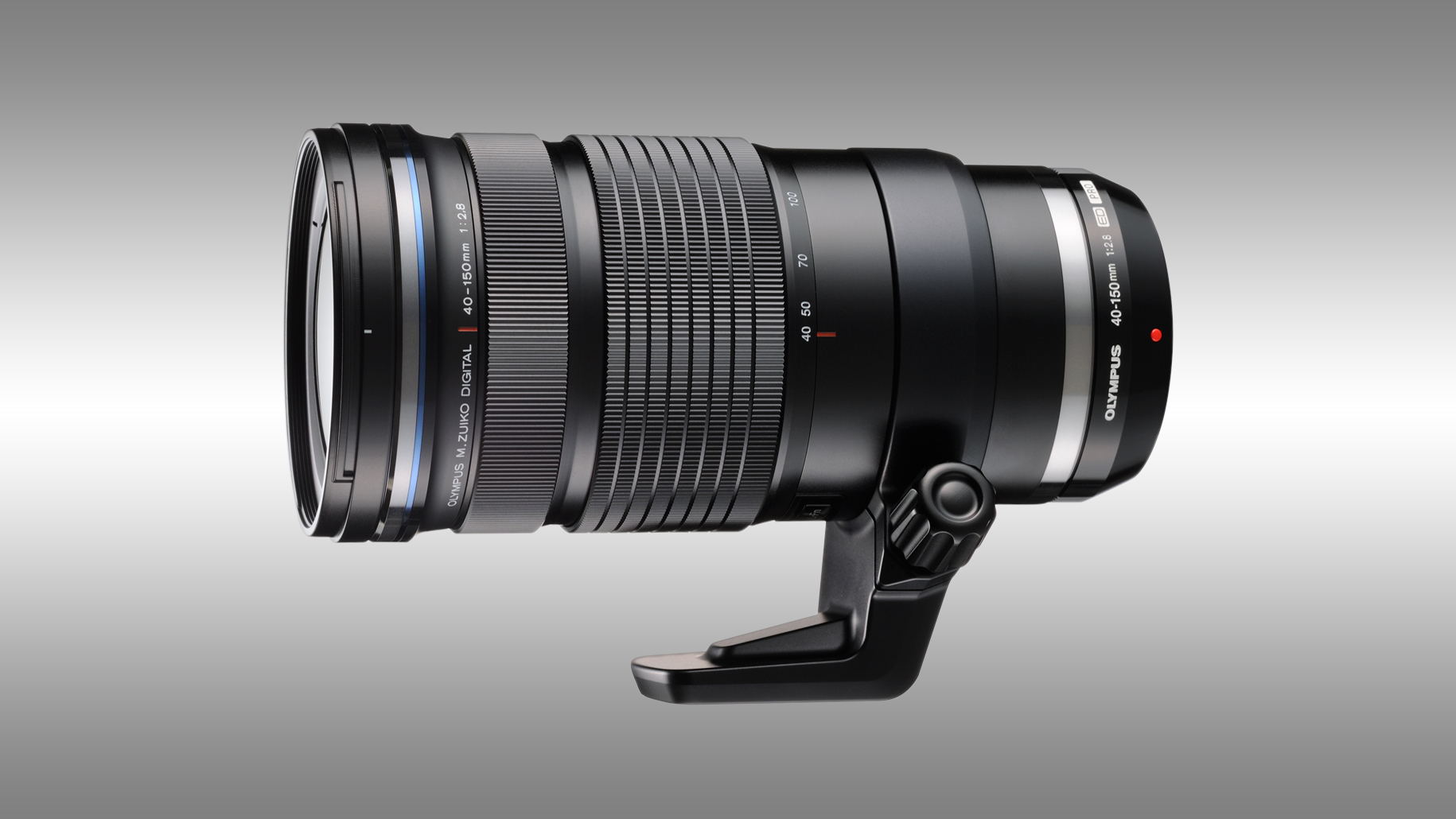TechRadar Verdict
Regular 'consumer' zoom lenses have a variable maximum aperture, but pros demand a constant f/2.8 lens with consisting top-drawer performance – and Olympus has produced exactly that.
Pros
- +
Constant f/2.8 maximum aperture
- +
Excellent zoom range
Cons
- -
Faint loss of sharpness at 300mm
- -
Not completely silent
Why you can trust TechRadar
Sports and wildlife photographers using full-frame D-SLRs often favour a pro-grade 70-200mm f/2.8 lens for its speed, not only in terms of aperture (enabling fast shutter speeds) but also in their autofocus systems. It's one of the reasons they take a step up from more budget-friendly 70-300mm lenses, at the expense of a loss in telephoto reach. This 40-150mm lens potentially gives the best of both worlds, combining a fast and constant f/2.8 aperture and swift autofocus system, with an 'effective' zoom range of 80-300mm in full-frame terms.
At 79x160mm and 760g, this lens is considerably smaller and lighter than full-frame compatible 70-200mm lenses. Even so, Olympus has seen fit to include a detachable tripod collar and mounting foot with the lens, which brings the overall weight up to 880g when fitted. The main advantage of the tripod adaptor is that it enables you to keep the weight nicely balanced in portrait-orientation as well as landscape-orientation shooting, when using a tripod or monopod. Indeed, handheld telephoto shooting can be hampered by this lens's lack of a built-in optical stabilizer. Instead, it relies on in-camera stabilization, where available.
16 optical elements include three ED and one Super ED element, plus an HR element. A well-rounded nine-blade diaphragm helps to maintain a smooth bokeh when stopping down a little from the widest f/2.8 aperture, and the physical design includes fully internal zooming and focusing.
Typical 'Pro' line attractions include dust, splash and freeze-proof construction with tough metal barrel parts, a customisable L-Fn button, manual focus clutch and ZERO coatings to guard against ghosting and flare.
Performance
Telephoto zooms are somewhat notorious for a drop in sharpness as you near the long end of the zoom range. That's somewhat true of this lens, although it hangs onto its excellent levels of sharpness and contrast pretty well, even at its widest aperture. The autofocus system is very fast and extremely quiet, although not as completely silent as in Olympus MSC lenses, like the 17mm and 60mm macro primes on test. Negligible colour fringing remains consistent through the zoom range, while marginal pincushion distortion at the 40mm zoom settings completely dies away at 150mm.
